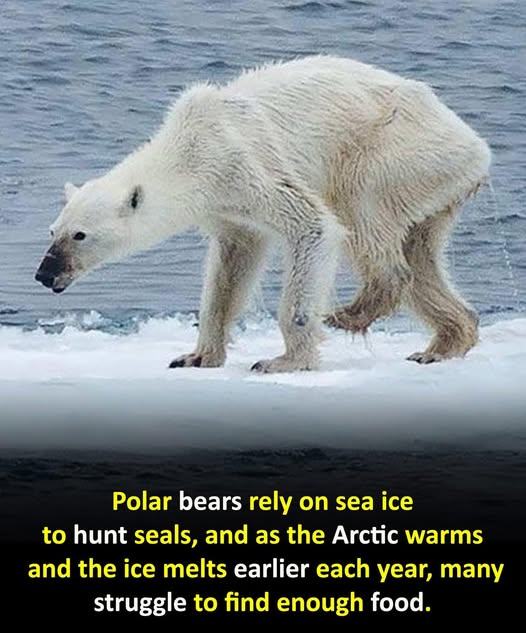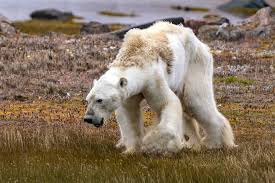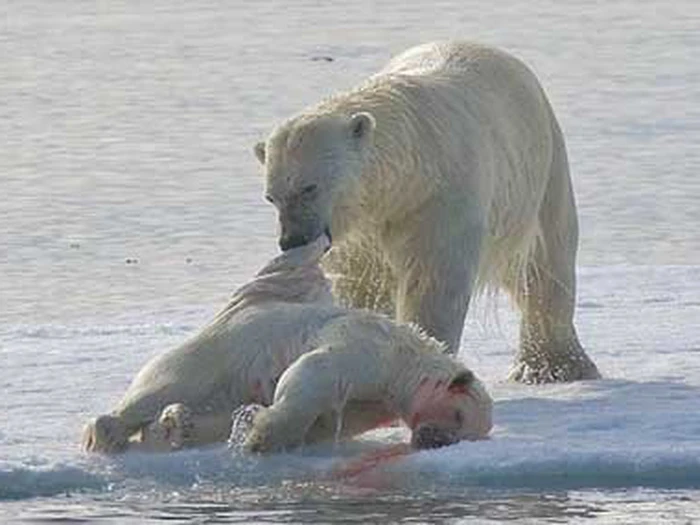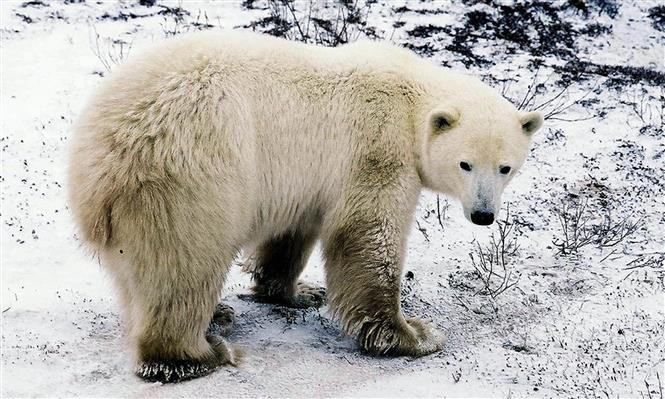Arctic Warning: Why Polar Bears Are Starving in a Rapidly Warming World

Arctic Warning: Why Polar Bears Are Starving in a Rapidly Warming World
Across the Arctic, one of the planet’s most iconic species is facing a crisis that has nothing to do with hunting skills and everything to do with a disappearing habitat. Polar bears, long celebrated as powerful and efficient predators, are starving in growing numbers as the sea ice they rely on vanishes at an unprecedented rate.
Scientists emphasize that these bears depend on thick, stable ice as a platform for hunting seals, their primary food source. But the Arctic is now warming nearly four times faster than the global average, transforming the landscape in ways the species cannot adapt to quickly enough. Sea ice forms later each year, melts earlier, and remains thinner and less stable throughout the season. For polar bears, this means fewer days with access to hunting grounds and far more days stranded on land without food.
This dramatic shift has produced increasingly dire scenes—none more striking than the viral footage of an emaciated polar bear struggling to stand, searching desperately for something to eat. The haunting image was not a rare outlier; experts warn it was a preview of what is becoming alarmingly common. As ice retreats, bears must travel farther, expend greater energy, and survive longer periods of fasting. Many simply cannot.
While climate change is often discussed in terms of distant projections and complex models, the plight of polar bears makes the consequences painfully visible. Their struggle is unfolding now, in real time, offering a clear and urgent message about the accelerating loss of Arctic ice.
For conservationists, the warning is unmistakable: a species built for life on ice is being pushed toward the brink as that ice rapidly disappears. Without significant global action to slow warming and preserve the Arctic ecosystem, the future of the polar bear—one of Earth’s most recognizable symbols of the wild—remains dangerously uncertain.











